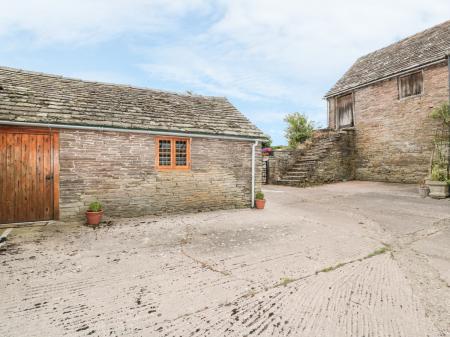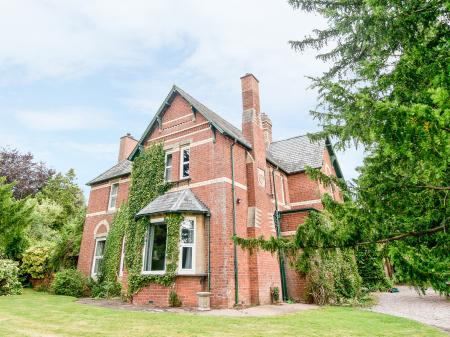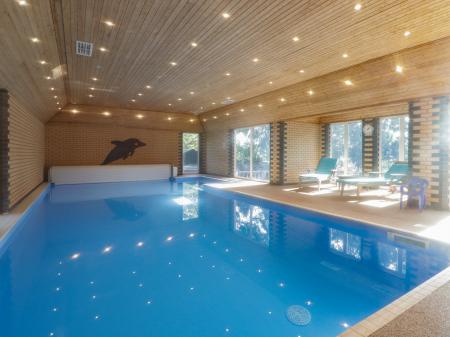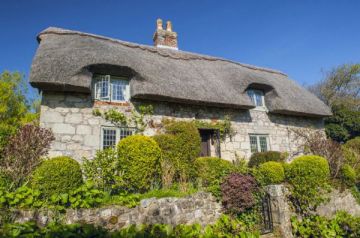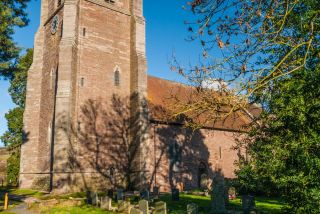
The church here was founded in the 8th century, possibly by the powerful King Offa of Mercia. Fragments of Saxon stonework can be found in the sanctuary. At the north-east end of the chancel is a very simple tub font, very likely early Norman in origin, with a simple scheme of dogtooth carving around the rim. The altar table is a thick medieval slab.
The church you see today is Norman in origin, but it was heavily restored in the Victorian period. It is built to an unusual (for England) basilican scheme, with four chambers, including a double chancel, and a rounded 12th-century apse.

In an effort to see this large building put to greater use, an ambitious scheme has seen the interior of the building transformed into a multi-purpose community centre, with religious observances still being held at the east end, but with a variety of other activity spaces at the east end, including a community kitchen, library, and bell-ringing chamber.
High on the south wall is a painted plaster frame depicting a fish with a golden ring suspended from a chain around its neck. This is in reference to an old legend which says that a fish was caught in the River Dore near Peterchurch, and found to have a golden ring in its gills.
The other point worth noting about St Peter's, and the one most often mentioned in guidebooks, is that the spire is made of fibreglass. This peculiarity is not immediately obvious; if you didn't know, you wouldn't think it is anything out of the ordinary, but it is, apparently, one of only two such spires in England.
The fibreglass spire was added in 1972 to replace a 14th-century spire which had become unsafe, and sits atop a 13th-century tower with walls fully seven feet thick. It was built that thick to withstand possible attacks by Welsh raiders, a reminder that this peaceful area was for centuries the scene of violent conflict between the Welsh and English.





 We've 'tagged' this attraction information to help you find related historic attractions and learn more about major time periods mentioned.
We've 'tagged' this attraction information to help you find related historic attractions and learn more about major time periods mentioned.